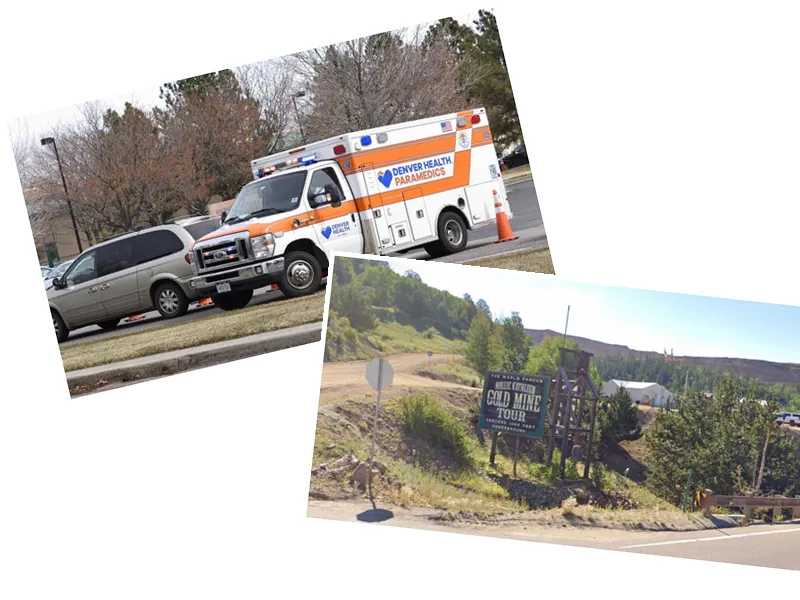The incident highlights the dangers of outdoor activities in remote areas, particularly in challenging environments like whitewater rapids.
Rescue operations in such locations require not only technical skills but also quick decision-making under pressure, as seen in the decision to amputate the man's leg.
The use of technology, such as smartwatches for emergency calls, played a crucial role in alerting rescuers to the situation.
Tragic Rescue Operation in Tasmania
A 65-year-old Lithuanian tourist's rafting trip in Tasmania turned into a nightmare when he became trapped between two rocks on November 22. The incident occurred while he was part of a group navigating the Franklin River, known for its challenging rapids. After nearly 20 hours of rescue attempts, emergency services were forced to amputate his leg to save his life.
The man, who was on a multi-day rafting trip with 11 others, slipped while walking along the river and became stuck chest-deep in water. Rescuers, including police, paramedics, and volunteers from Surf Life Saving Tasmania, faced numerous challenges in their efforts to free him. Despite using ropes, pulleys, airbags, and hydraulic tools, the rocks remained immovable. Rescuer Ace Petrie described the situation as a “worst-case scenario,” highlighting the difficulty of the operation.
Difficult Decision Leads to Amputation
As the hours passed, the man's condition worsened, prompting the rescue team to consider amputation as a last resort. Paramedic Mitch Parkinson emphasized that every possible effort was made to avoid this drastic measure. Communication was facilitated by a Lithuanian doctor in the group, who acted as an interpreter, informing the victim of the decision to amputate his left leg at the knee.
The man displayed remarkable resilience throughout the ordeal, remaining positive despite the dire circumstances. After the amputation, he was airlifted to a hospital in Hobart, Tasmania, where he is currently in critical condition.
The Risks of Rafting in Remote Areas
This incident underscores the inherent risks associated with kayaking and rafting in remote locations like the Franklin-Gordon Wild Rivers National Park, a UNESCO World Heritage Site. The park features rugged gorges and powerful rapids that attract adventure seekers but can also lead to serious accidents. Rescue mission manager Doug Oosterloo praised the efforts of the rescue team, acknowledging the technical challenges they faced during the operation. He stated, “This rescue was an extremely difficult and technical operation and an incredible effort over many hours to save the man's life.”





